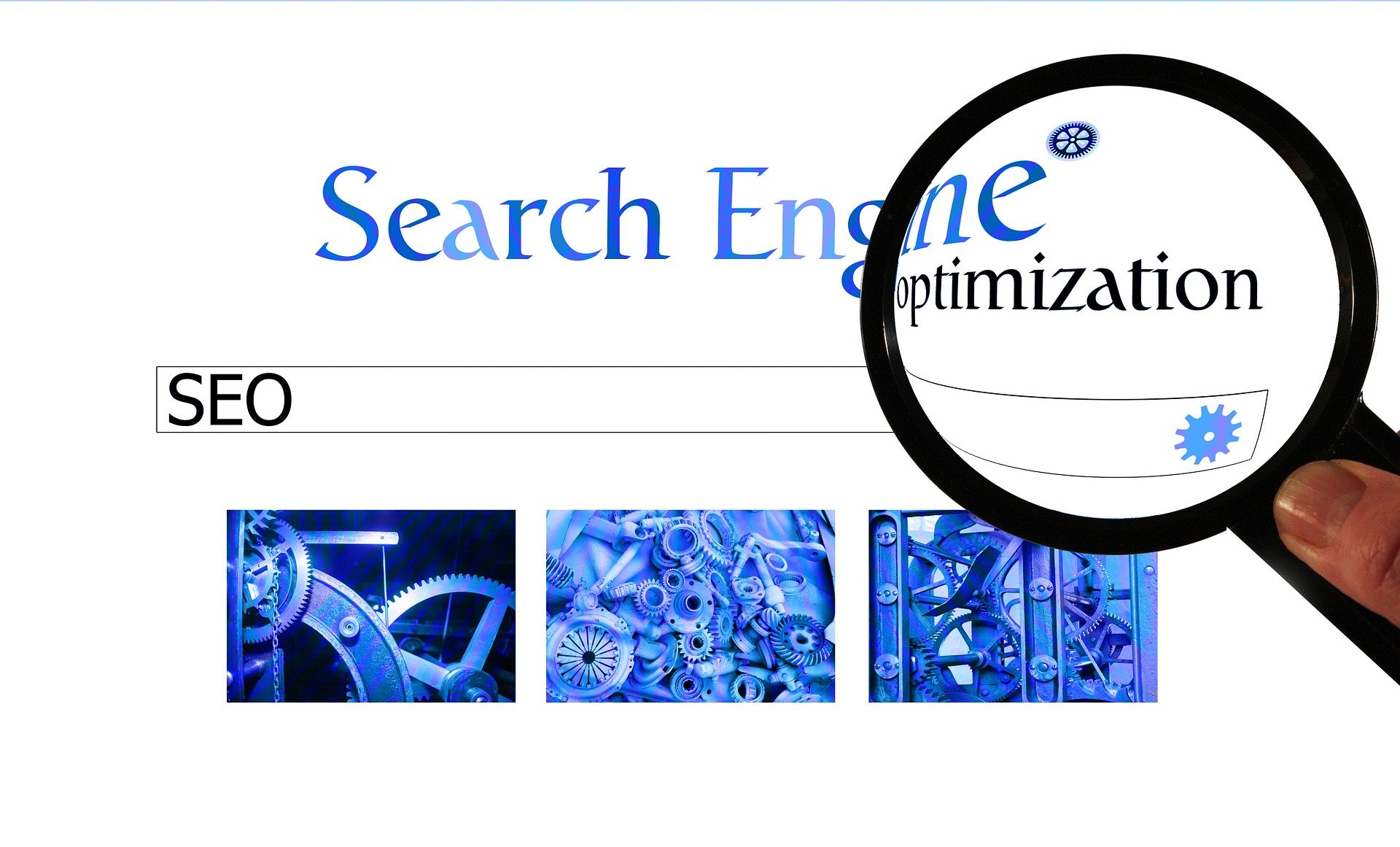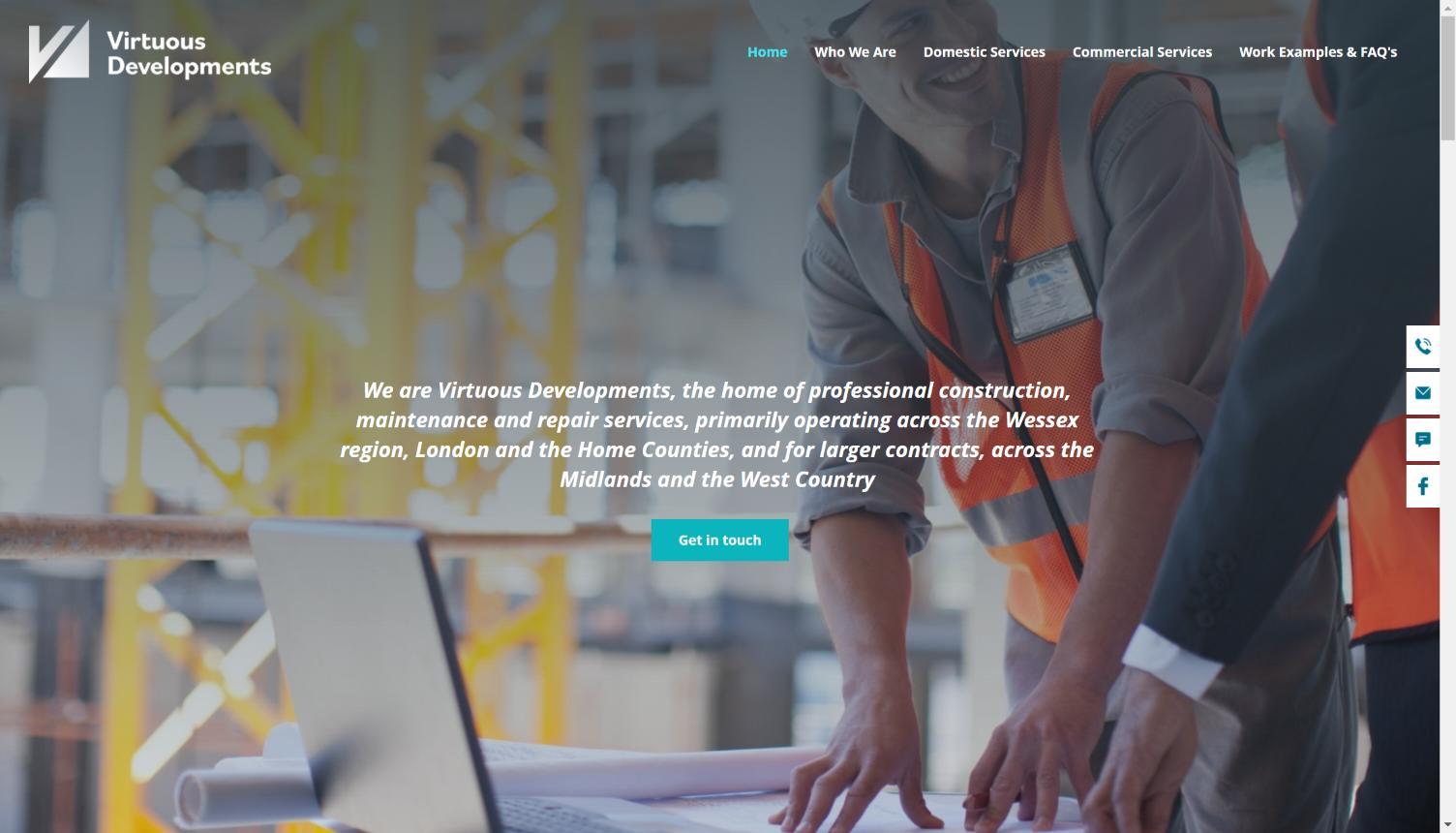it’seeze ® is a registered trademark in the United Kingdom and Ireland
it’seeze websites are provided by Spoton.net Limited, 167-169 Union Street, Torre, Torquay, Devon, TQ1 4BX
Company registration number (England & Wales): 06139437 | VAT number: 930929315 | ICO Registration: ZA343953









